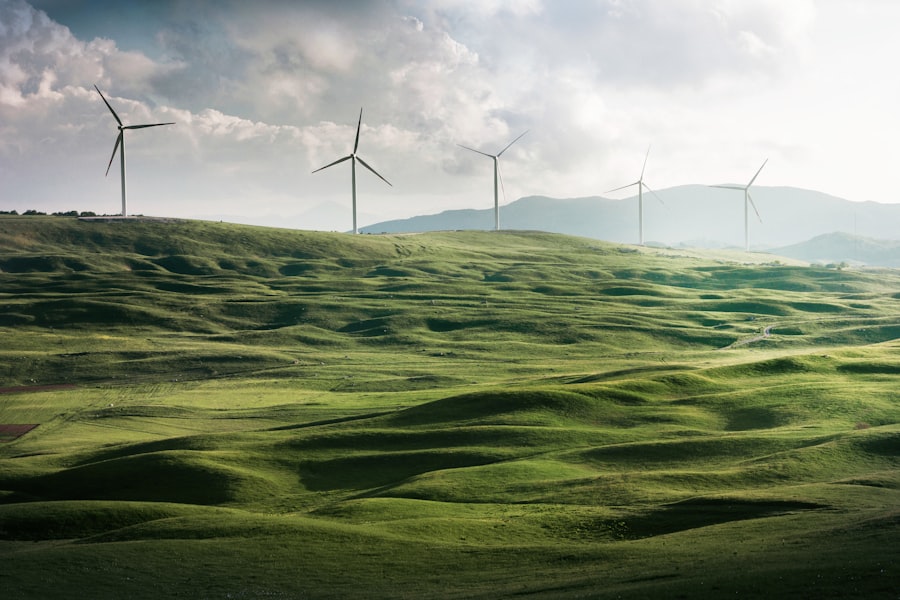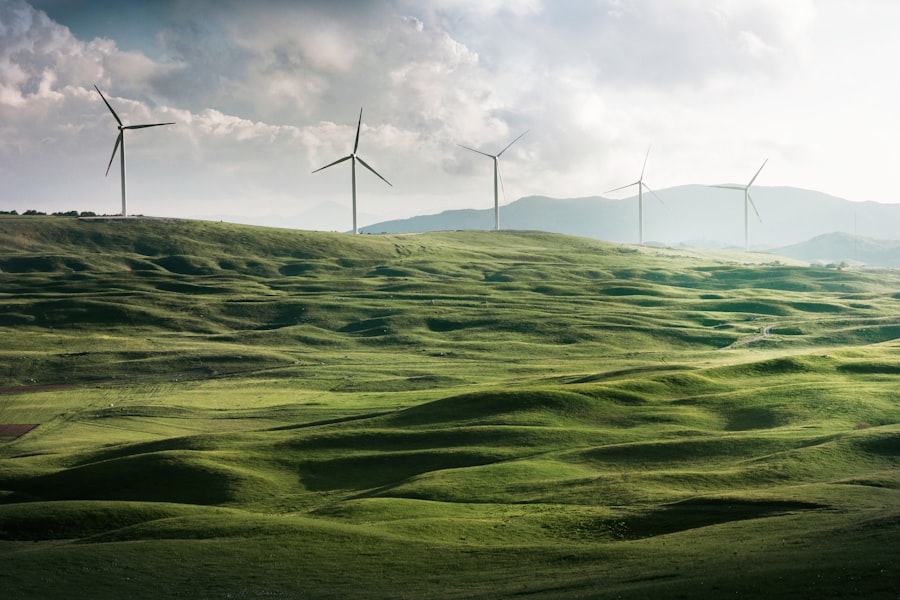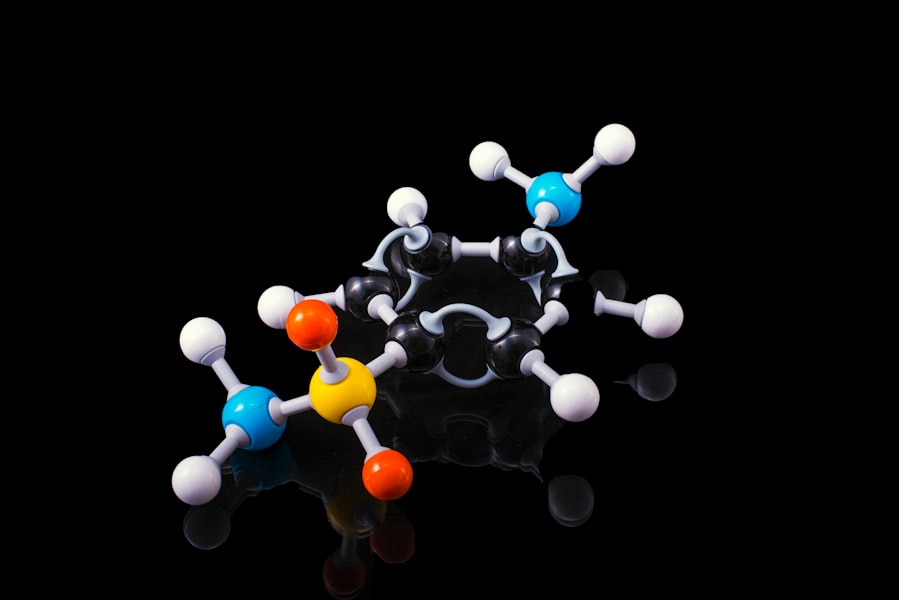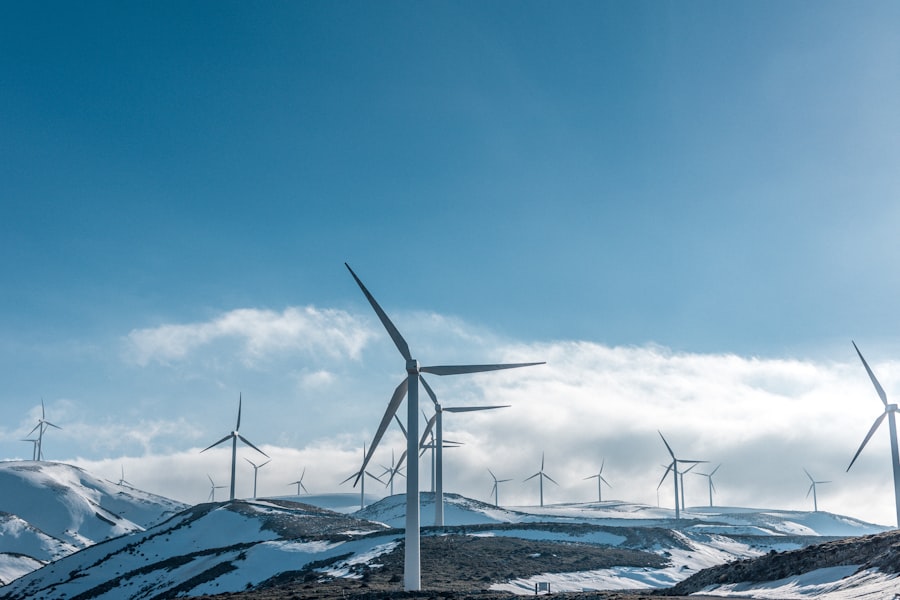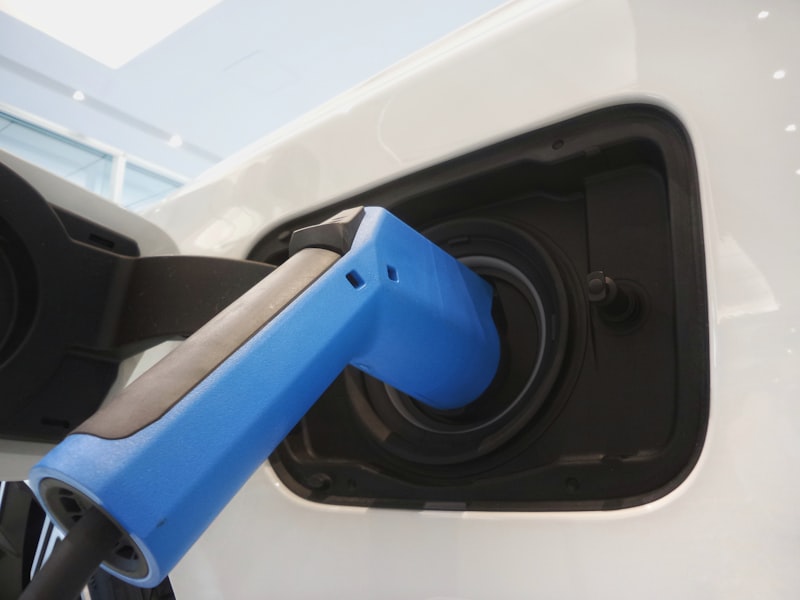
Steag Splits Into Two, Iqony Predicts Significant Profit Growth in Coming Years
Energy company Steag has split into two parts, with one part focusing on fossil energy and the other on renewable energy sources such as wind, solar and hydrogen. The new company Iqony is expecting significant profit growth in the coming years, with an operating profit of over 350 million euros predicted by 2027. This growth will be driven by investments from its coal-based activities, as well as increased energy prices due to the current crisis. The company also plans to focus on heat production and is already Germany’s third-largest provider of district heating. Plans to sell the company have been accelerated due to its recent successes.
Maximizing Profit
Profit is the primary goal of any business. It is the difference between total revenue and total expenses, and it is important for businesses to maximize their profits in order to stay competitive and successful. Companies can increase their profits by reducing costs, increasing sales, or finding new ways to monetize their products or services. Additionally, businesses should focus on providing quality customer service and building strong relationships with customers in order to maximize profit potential.You might also like this article: AgTech startup investor from Singapore: GIC. Picture source: Possessed Photography

